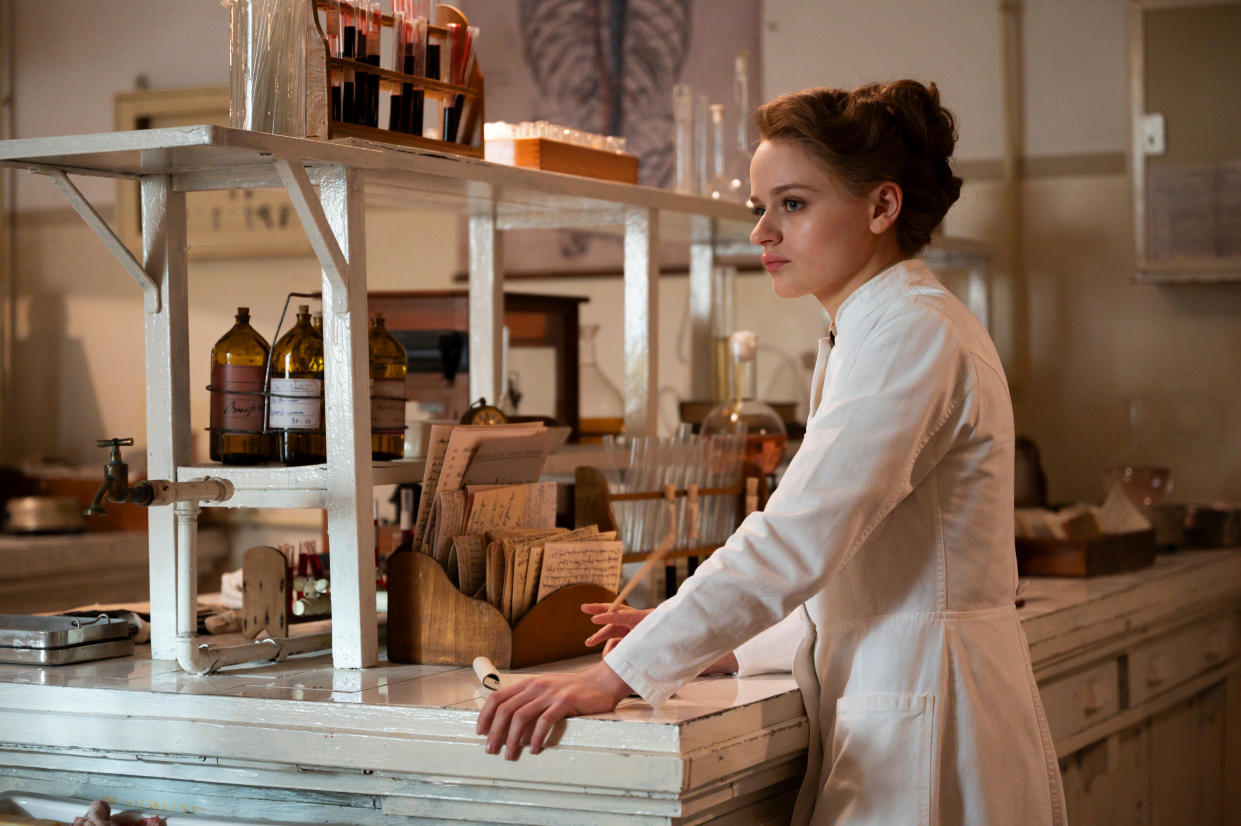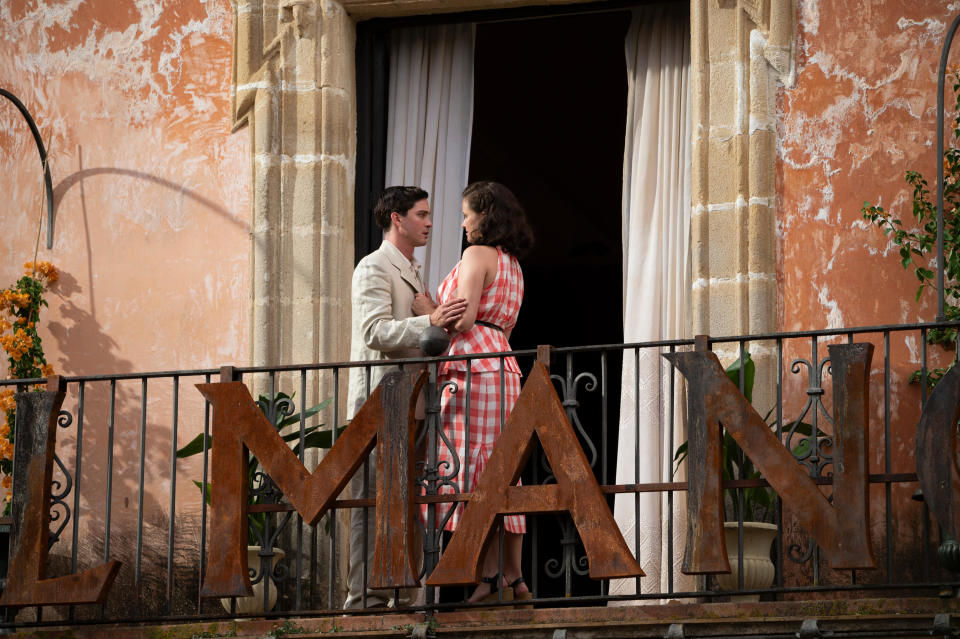How ‘We Were the Lucky Ones’ Steers Clear of Sepia-Toned Cliches

As of Episode 4, “We Were the Lucky Ones” is still in the midst of the Nazi domination of Europe. But the Hulu limited series has already displayed a preference for swerving away from the expected tropes of the period. It’s telling a World War II saga that features no battlefields and a chronicle of Jewish resistance that is more about forging and smuggling than about killing Nazis.
“We Were the Lucky Ones” is all the better for showing the audience new kinds of hardships and new avenues for survival, too. It shines when dramatic moments feel specific to the Kurcs, the Polish Jewish family the show follows as the war scatters them across Europe and even further afield, as opposed to the kinds of war imagery that, given the number of WWII dramas each year, can appear standard issue.
More from IndieWire
Avoiding cliches but still showing the scope Nazi oppression, to say nothing of getting the details of the uniforms right, is a tricky balancing act. But it’s one that executive producer and director Thomas Kail said comes down to making the movements of the war feel as unknown as possible. “The family’s point of view is our point of view, and we don’t know anything that they don’t know. There’s no reflection back,” Kail told IndieWire.
What is reflected back at the characters are the relative safety or danger of their varying circumstances. For instance, the “We Were the Lucky Ones” creative team leaned hard into the visual contrast between brothers Genek (Henry Lloyd-Hughes) and Addy (Logan Lerman), as the former finds himself and his wife Herta (Moran Rosenblatt) transported to Siberia and the latter finds himself sweating in the North African sun, hoping his ship to Brazil will finally be allowed to sail.
“That was going to be an enormous contrast visually, the bleakness of Siberia and the lushness of the color that exists on this boat heading out of Europe,” Kail said. “And that in some ways [expresses] the dissonance that Addy felt. He knew that there was this other thing happening, but his own experience felt so unfamiliar to what his previous experience had been.”
The show amps up a sense of dissonance and longing via how different their environments are. There’s a coolness that is a visual match for the Soviet spy maneuverings Halina (Joey King) and her not-boyfriend Adam (Sam Woolf) are attempting to navigate in Lviv that feels worlds away from the sharper, colder natural light of Siberia and the colorful golds and greens of North Africa and the increasingly dingy, increasingly choked world of the family members who stayed in Radom, Poland.

“Often you’re doing that in the world around them, in the mise-en-scene created by James Merifield and his team, or what Lisa Duncan and her team did. Lisa didn’t do costumes, she did clothes, and there’s a really big difference,” Kail said. “That’s another thing that makes [the show] feel so connected to an emotional truth that I think relates to now.”
Whether it’s in the show’s lighting, costume, or production design, what unites the different color palettes of “We Were the Lucky Ones” is what they don’t have. “[The setting was] something that we felt should feel vibrant, no sepia tone, no nostalgia, because it had to feel as urgent to them as it did to anybody else that was experiencing it or we wouldn’t feel if we were experiencing it now,” Kail said.
Letting tone and character point of view guide color choices, then leaning into high contrasts between settings, all help “We Were the Lucky Ones” maintain suspense and danger for its entire ensemble and the audience. Only readers of Georgia Hunter’s book, on which the Hulu series is based, know what happens to the Kurcs, specifically. But none of the Kurcs do, and the world of the show reflects their uncertainty.
“There’s a large ensemble and everybody’s point of view and everyone’s experience is so distinct,” Kail said. “We wanted to make sure that the collective feeling that we had was one that was actually informed by those individual points of view.”
Best of IndieWire
The 12 Best Thrillers Streaming on Netflix in April, from 'Fair Play' to 'Emily the Criminal'
Quentin Tarantino's Favorite Movies: 61 Films the Director Wants You to See
Sign up for Indiewire's Newsletter. For the latest news, follow us on Facebook, Twitter, and Instagram.

 Yahoo News
Yahoo News 
